
Pet Safe Indoor Plants: Top 20 ASPCA Approved Plants
Plants and furry friend are the two things that we adore immensely. Unfortunately, many common plants are toxic to both cats and dogs. When pets consume certain plants, it can occasionally result in seizure, tremors, or worse. Even the most well-behaved animals will eventually bite into a houseplant. A chewing pet might be difficult to keep away from a houseplant. We must thus ensure that any plants we grow indoors are secure and harmless to cats and dogs.
What attracts cats and dogs to indoor plants? While some people assume pets are trying to make up for nutritional deficiencies, others say it's done to soothe an upset stomach or aid digest hairballs. Even during playtime, cats and dogs have been known to chew on houseplants, attacking the waving fronds like they were a toy.

Although it might be useful to know which houseplants are safe for cats and dogs, it's equally crucial to be aware of which plants are dangerous to pets. By focusing on pet-safe houseplants and garden additions, we're putting a positive spin on the fight to keep toxic plants away from your pets. That's correct, you don't have to decide between having a green thumb and loving your furry friend and you shouldn't either because having both will improve your health.
Pet-safe indoor plants should be your first choice. You must make sure that your dogs are safe inside your house. Your house will gain colour and texture from these plants. They will also ensure the safety and happiness of your pets.
We've put up a list of pet-friendly plants for the gardener and animal lover in you. You can relax knowing your space will be environmentally friendly. You may discover plants like the Areca Palm, orchids, gloxinia, friendship plant and many others in our collection of pet-friendly plants.
What Qualifies a Plant as Pet Safe?
Simply explained, nontoxic plants, also known as pet-safe or pet-friendly plants are those that have no known chemicals that might harm people or animals if consumed or touched.
What causes a plant to be toxic to cats and dogs, then? It all relies on the plant's level of toxicity.
The American Society for the Prevention of Cruelty to Animals (ASPCA) has acknowledged the plants listed below as being secure and non-toxic for cats and dogs:
Gloxinia
Gloxinia (Sinningia speciosa) plants are popular as gifts, particularly during special occasions like Mother's Day and Valentine's Day. You won't need to be concerned that one of these lovely flowering plant may hurt your dog or cat if you obtain one. For this native of Brazil, provide consistent moisture and indirect light.
African Violets
One of the most well-liked blooming plants that are safe for pets indoors is the African violet (Saintpaulia). They are also in demand because they grow in environments that people want, such as moderate temperatures and medium humidity, and blossom in low light. For the greatest health of your African violets, use a soil-free potting mix and a balanced fertiliser.

Orchid
You may confidently add orchids (Orchidaceae) to your go-to list of pet-safe plants if you have a fascination for them. When the days are short in the winter, many orchids bloom for weeks, flourishing under conditions of limited light and root confinement.
If you're interested in learning more about indoor flowering plants, check out our blog article on:
Indoor Flowering Plants
Bromeliad
The bromeliad plant family (Bromeliaceae) is a favourite among indoor plants due to its hardy, strappy leaves and intriguing cone-shaped blossoms. These pet-safe plants require simply a bright window and a humid climate, making them simple to care. For cats who enjoy digging in potting soil, many bromeliads will develop as soil-free epiphytes connected to a log, making them even more pet-friendly.
Areca Palm
Dypsis lutescens, sometimes known as the butterfly palm, transforms any room into a tropical getaway. Knowing that the areca palm is safe for cats and dogs to interact with is consoling since sometimes palm leaves might arouse a cat's playful swatting and biting impulses. Place it in a well-lit area, and let the soil get completely dry in between waterings.

Spider Plant
Thank you, Chlorophytum (spider plant), for continuing to look as stylish now as you did on all those windowsills in retro kitchens. The spider plant, also known as the ribbon plant or aircraft plant, is non-toxic to cats and dogs and can withstand a broad variety of soil, moisture, and light conditions.
Air Plant
Since Tillandsia types don't require soil to flourish, they make ideal pet-friendly, low-maintenance houseplants. The majority of air plants will not grow larger than 12 inches, and they benefit from weekly brief soakings in water and bright, indirect light. But bear in mind that both cats and dogs will find the spindly, grass-like leaves enticing to gnaw on, so be careful to keep them out of the reach of both.
Haworthia
Haworthia is the real deal, and it's virtually as simple to care for as the fake version, so there's no need to spend any money on a false succulent at the hobby shop. Put your haworthia in a sunny area and water it once a week during the summer and less frequently during the winter. All species of the sizable Haworthia genus are safe for cats and dogs, unlike plants with an aloe-like appearance.
Boston Fern
Although Boston ferns (Nephrolepis) have long been a beloved indoor plant, pets may be tempted to chew on them due to their hairy fronds. It's okay to add these lush plants to your guest room or bathroom because the foliage is safe for cats and dogs. Boston ferns favour high levels of humidity and strong, indirect light.

Friendship Plant
A hanging plant known as Pilea involucrata that grows best in high humidity has delicate stems. It thrives in terrariums, which makes it even less likely that your cat or dog would sneak a bite. One of the greatest pet-friendly plants is one that you can exhibit prominently in any part of your house, even the bedroom, where it will be secure.

Lipstick Plant
This odd plant is suitable for both cats and dogs and boasts flowers that resemble lipstick tubes. Lipstick plant, a native of the tropics, enjoys being outside during the warmer months and does best in strong light. Don't forget to water it because it prefers continuously wet soil and may grow up to 20 inches tall.
Parlor Palm
Pick up a parlour palm if you have pets and want to add a little interior tree. This low-maintenance houseplant is also a fantastic place for newbies to start because it is pet-friendly. Although it may tolerate low light, it thrives in direct, strong light. Your parlour palm might grow up to eight feet if you water it when the top inch of the soil is dry.

Polka Dot
Use polka dot plants to give tiny gardens, terrariums and mixed pots a dash of design and colour. Although this pet-friendly plant may reach a height of three feet, it often stays tiny in pots. It comes in pink or white hues. A bright, indirect light source should be used, and the soil should always be kept moist.
Venus Fly Trap
A collection of carnivorous plants is interesting and unique, but what happens if your cat tries to jump on one of the traps as they close? Since cats and dogs are not poisoned by Venus flytraps (Dionaea muscipula), a curious nibble won't need a trip to the clinic. These pet-friendly plants will stay fly-catching by receiving bright light and watering with distilled water.

Calathea
Plants of the Calathea family, popularly known as zebra plants or peacock plants, have enormous tropical leaves with eye-catching stippling or stripes. In the pet-friendly home, a calathea is a great choice for a shaded area because too much light might cause the foliage to lose its colour.
Herbs
You can easily add fresh flavour to your home-cooked meals by growing herbs inside. But when it comes to the safety of pets, not all herbs are made equal. Standard herbs like lavender and oregano are forbidden, but, basil, and sage are all pet-friendly houseplants. Set up your herb garden in a window that receives at least four to five hours of direct sunshine each day. Water your herbs when the top inch of soil feels dry.

Peperomia
The Peperomia species are kept on the shortlist of well-liked houseplants due to the variety of colours and textures found in them. They look excellent in hanging baskets, are safe for cats and dogs, and don't mind if you periodically forget to water them.
Mosaic plant
For those who have children or pets, The Mosaic Plant is a fantastic option. This plant doesn't have any particular lighting needs, therefore it may thrive in any environment. It also needs very little water and can survive with only a little misting every now and again. You might not need any other plants in your space because of the modest, dark green foliage.

Purple Waffle Plants
For those who don't cultivate flowering houseplants, the purple waffle plant (Hemigraphis 'Exotica' textured ) leaves provide year-round fascination. Maintaining the purple hue without bleaching the leaves will be made easier by bright indirect light. Purple waffle plants are renowned for being excellent air purifiers that provide a healthy atmosphere for both you and your pet.

Aluminum Plant or Watermelon Plant
The aluminium plant, which belongs to the genus Pilea, has gorgeous, pet-safe variegated gray-and-green leaves. It doesn't grow taller than 12 inches, thrives in dim light, and only requires watering when the top inch of soil is parched. You can grow it practically anywhere that is out of the way of your furry pals because it tolerates low light.

If you're searching for a new houseplant but aren't sure which to pick, by now we have the solution. Any member of the family who like plants will find something to interest and please them on our list of 20 indoor plants. Therefore, these non-toxic choices are ideal whether your pet has been chomping on all of your other houseplants or if you simply want some fresh air indoors. Which one would be most appropriate for your pets? Before purchasing one, have a look at our blog article to see what works for you.
FAQ’s
Can dogs and cats consume succulents?
Many succulents are safe for cats and dogs, including haworthia. But since not all succulent types are suitable for pets, it's critical to understand your particular variety.
Does lavender pose a threat to dogs and cats?
For cats and dogs, lavender is not regarded as a secure plant. It contains chemical elements that are poisonous to horses, cats, and dogs and may cause intestinal problems.
Does the money plant harm animals?
The jade plant, often called a rubber plant or money plant, is poisonous to both cats and dogs. resulting in nausea, sadness, ataxia (lack of muscular coordination and control), and a slow heartbeat.











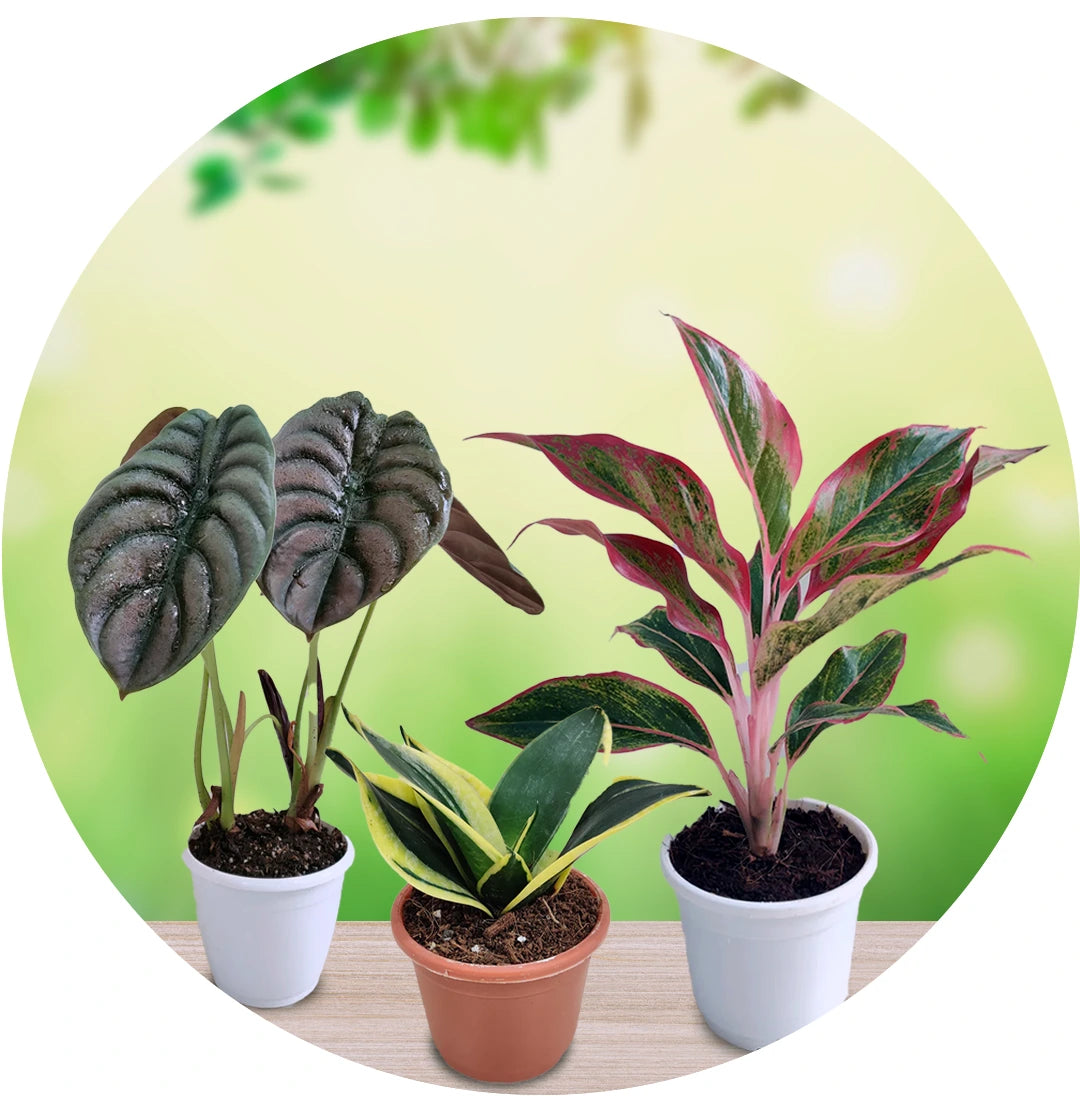
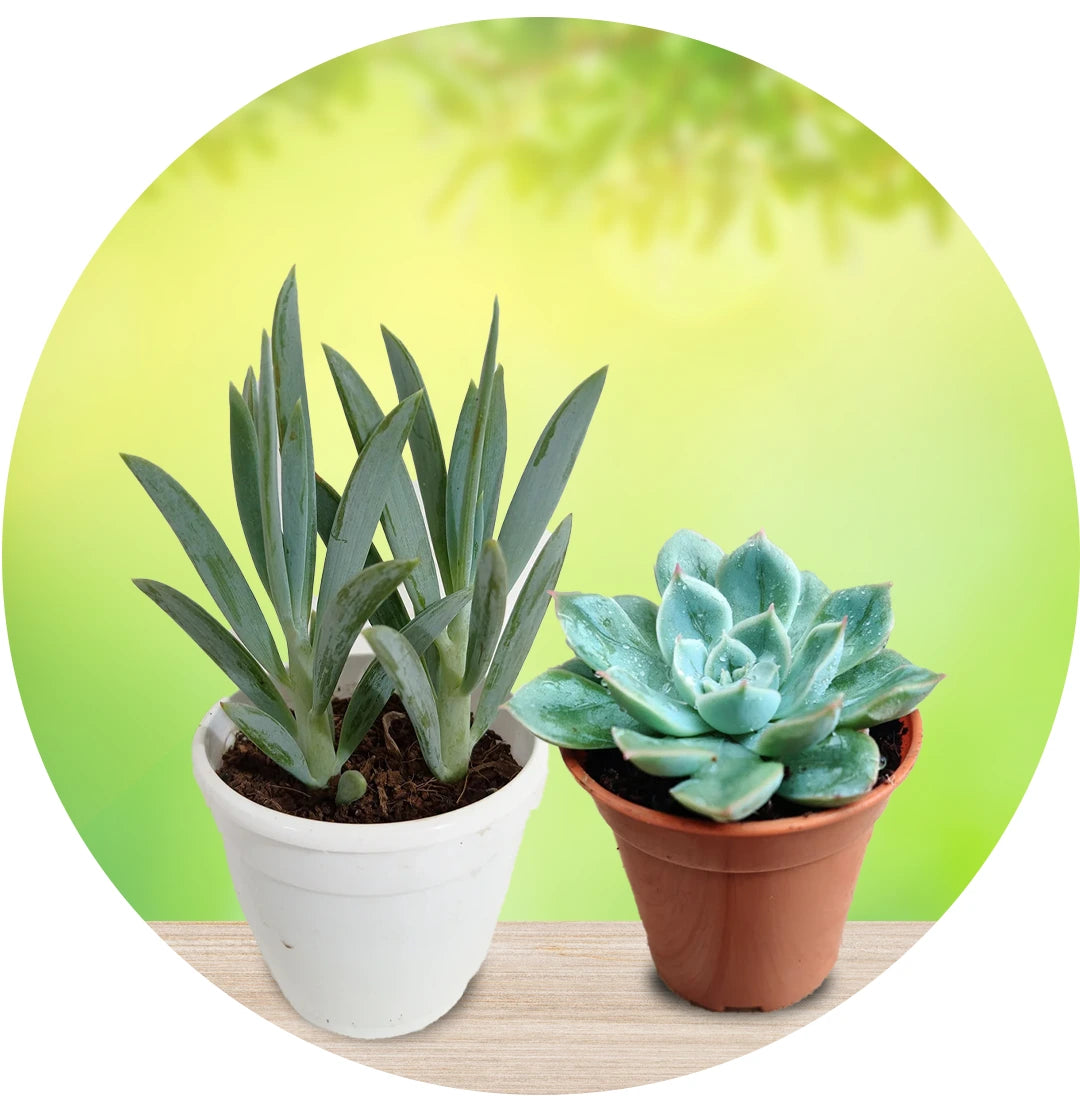
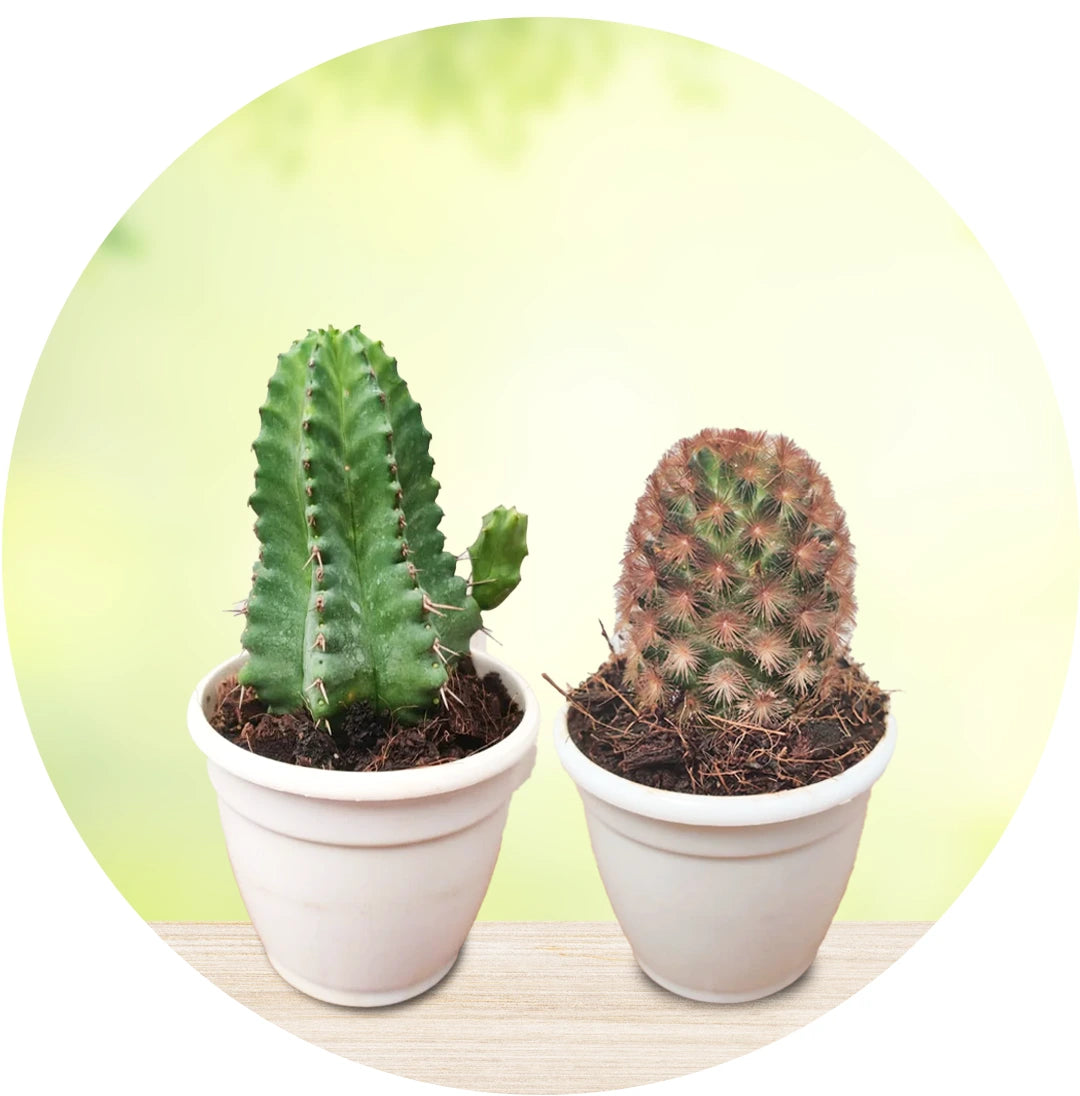
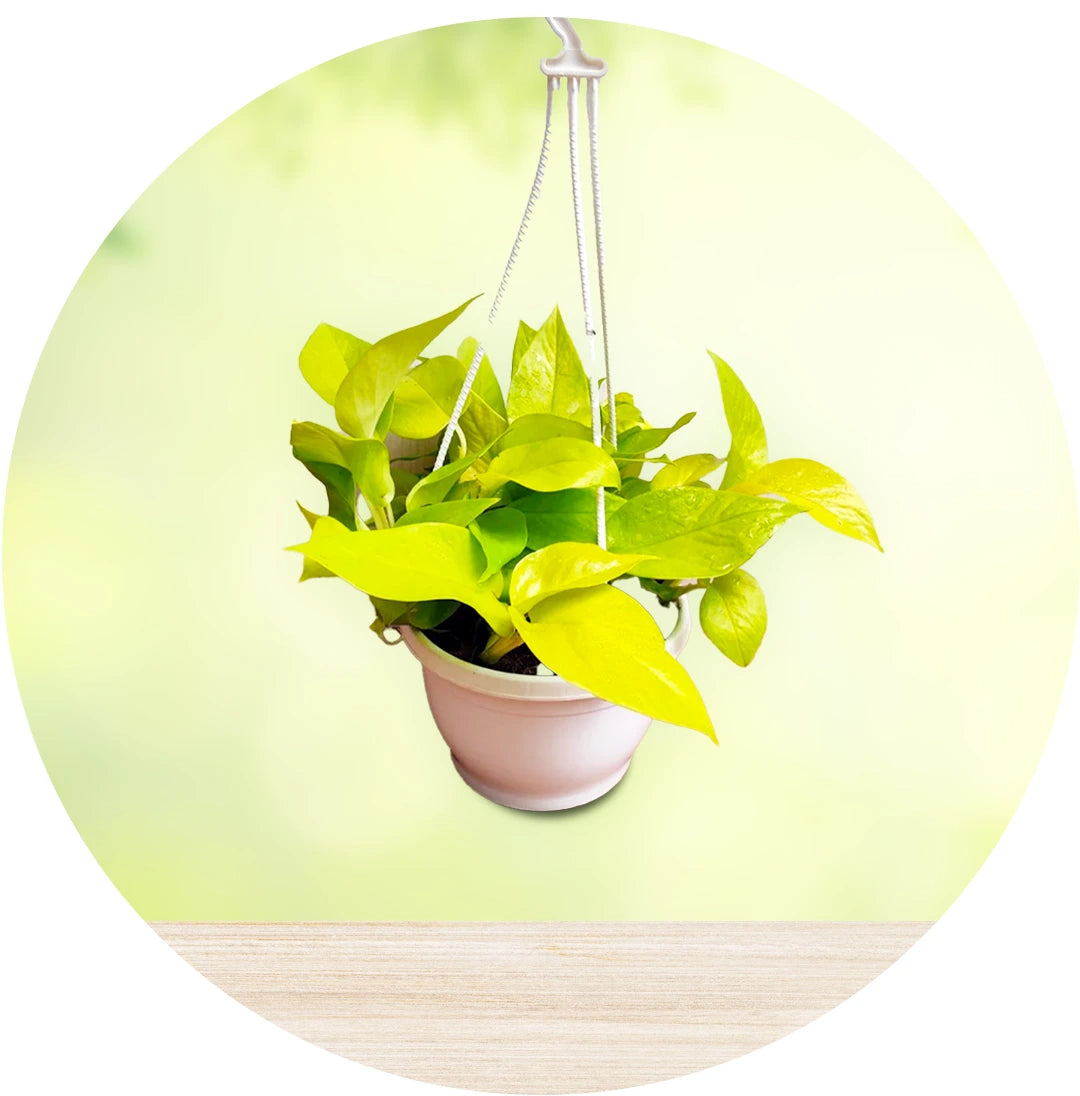
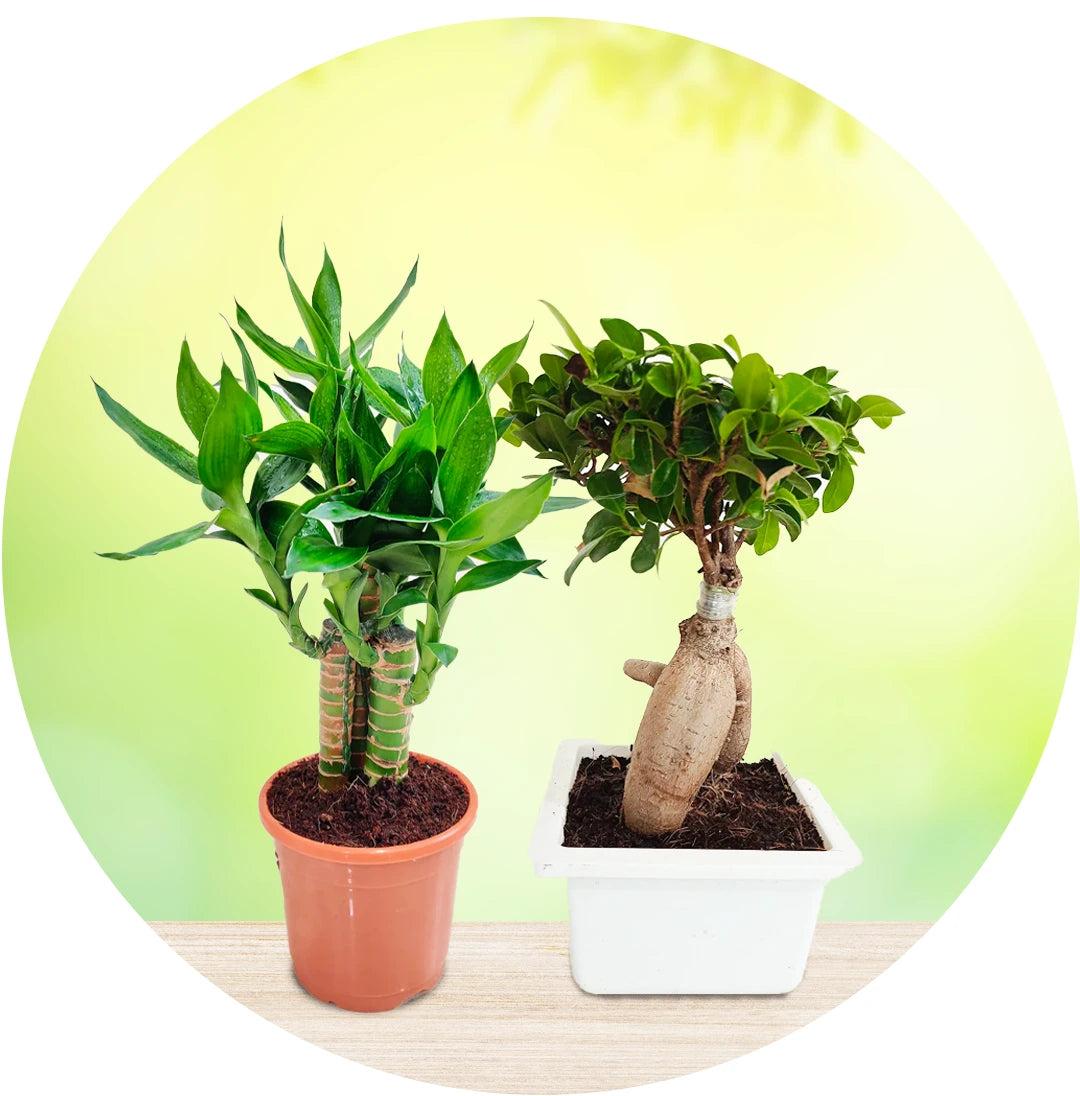
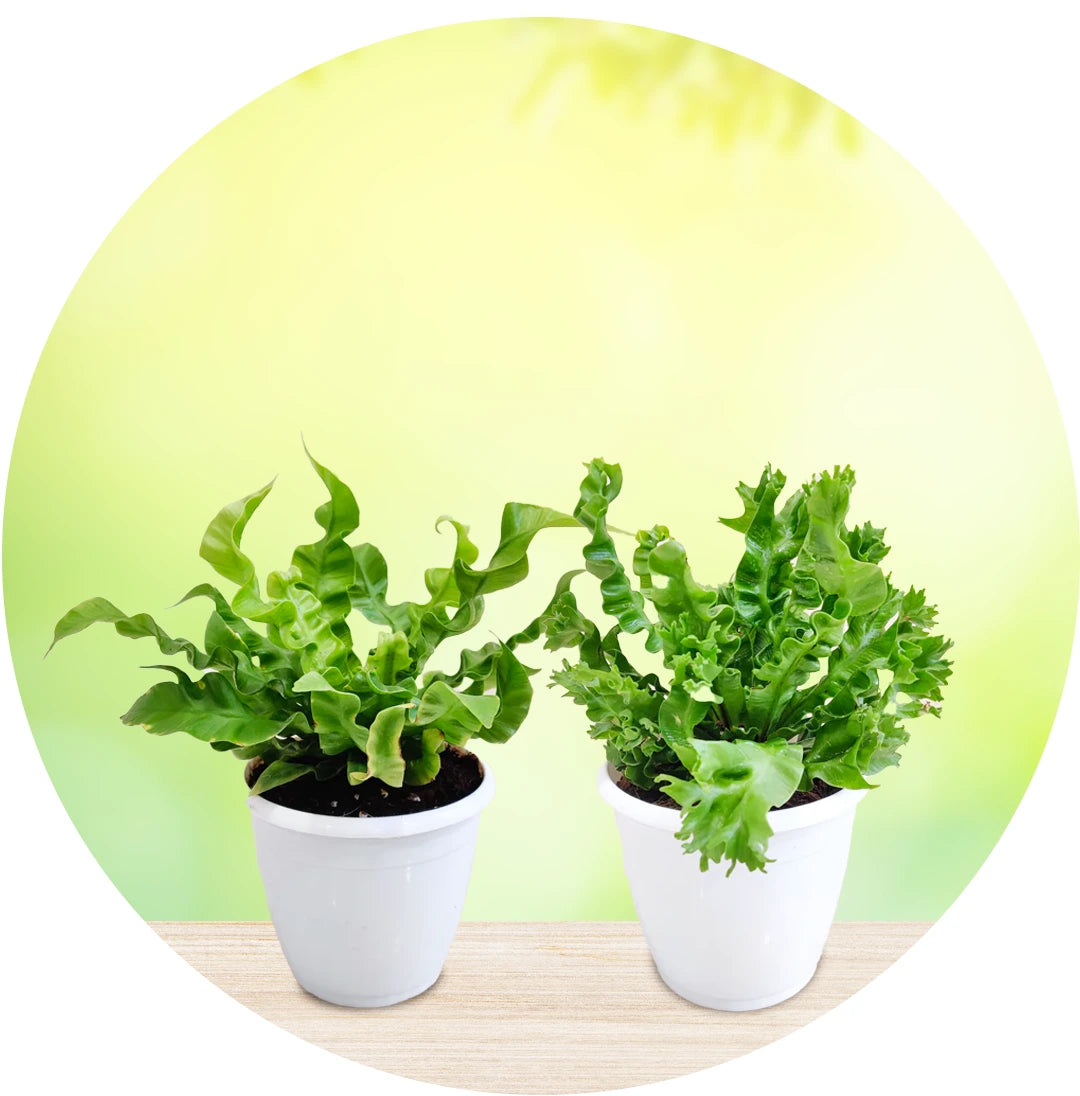
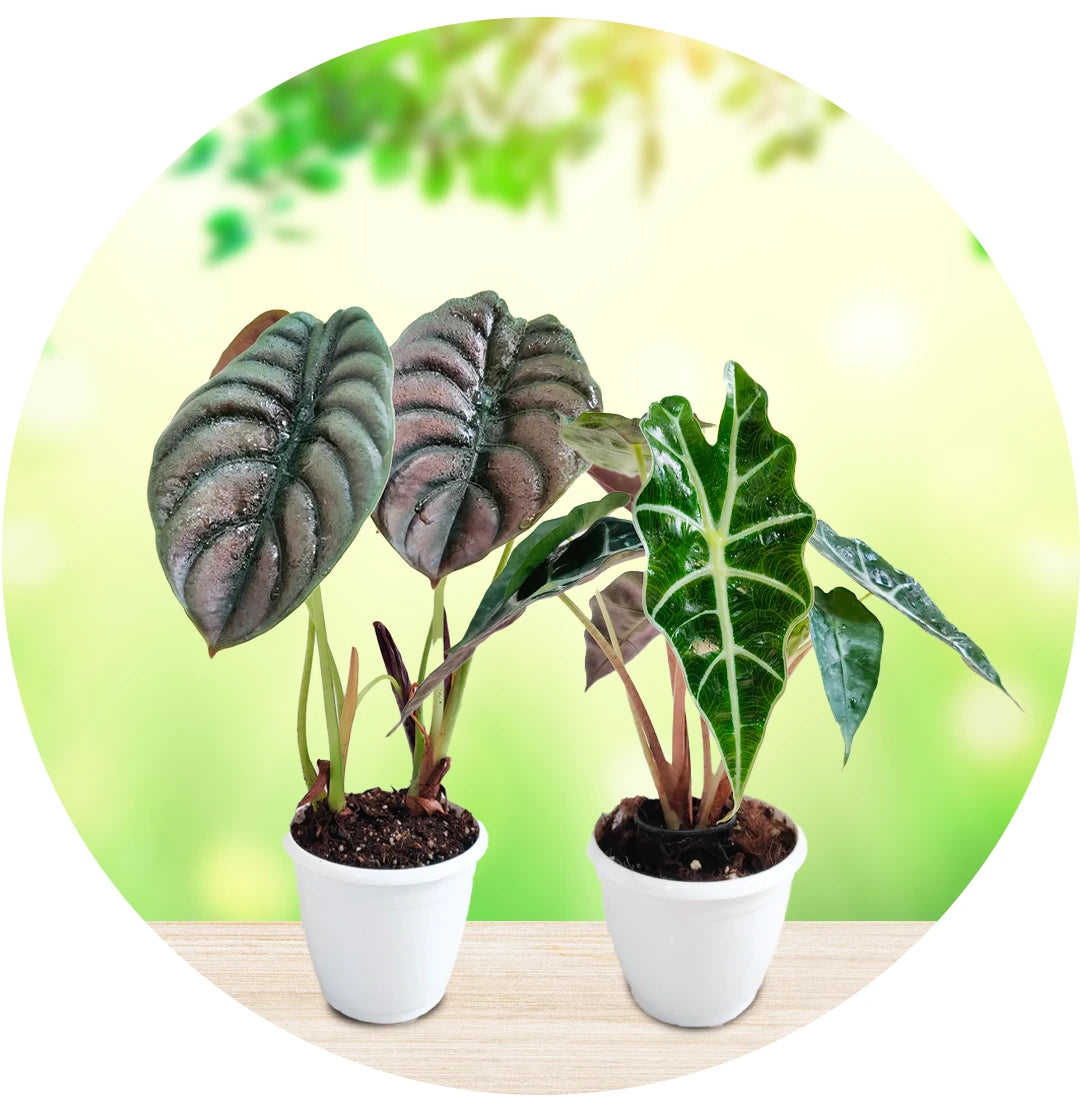
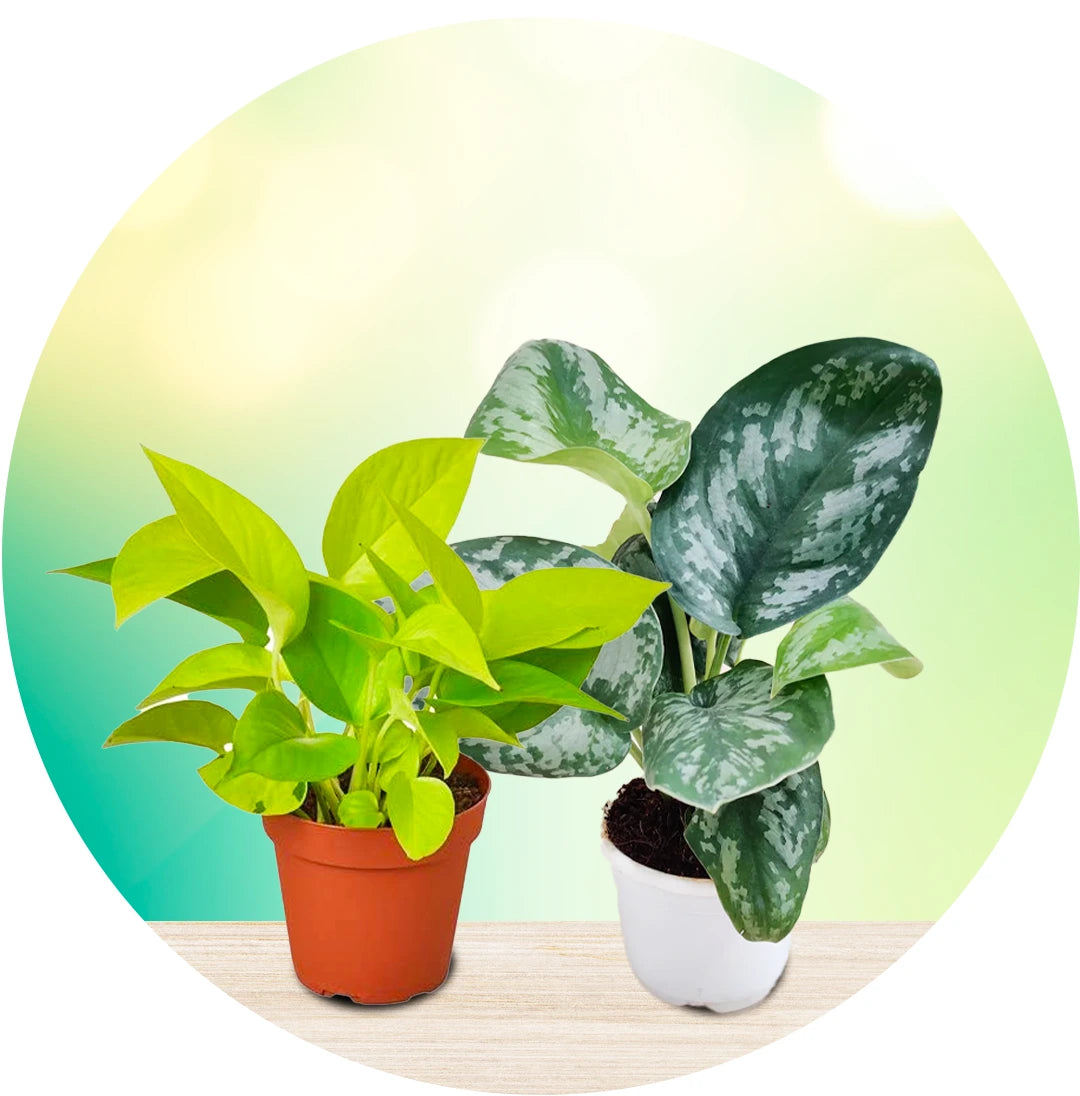
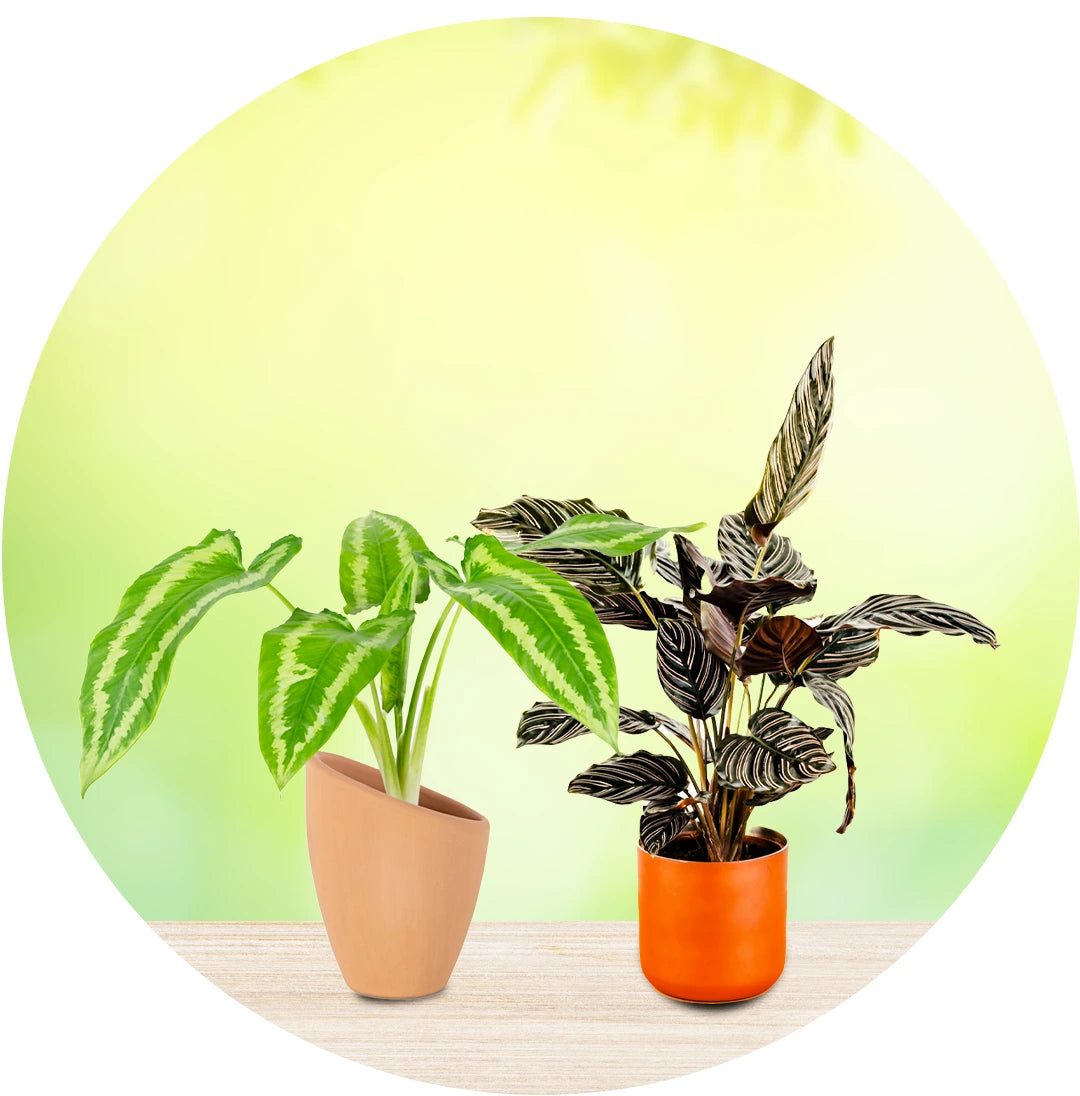
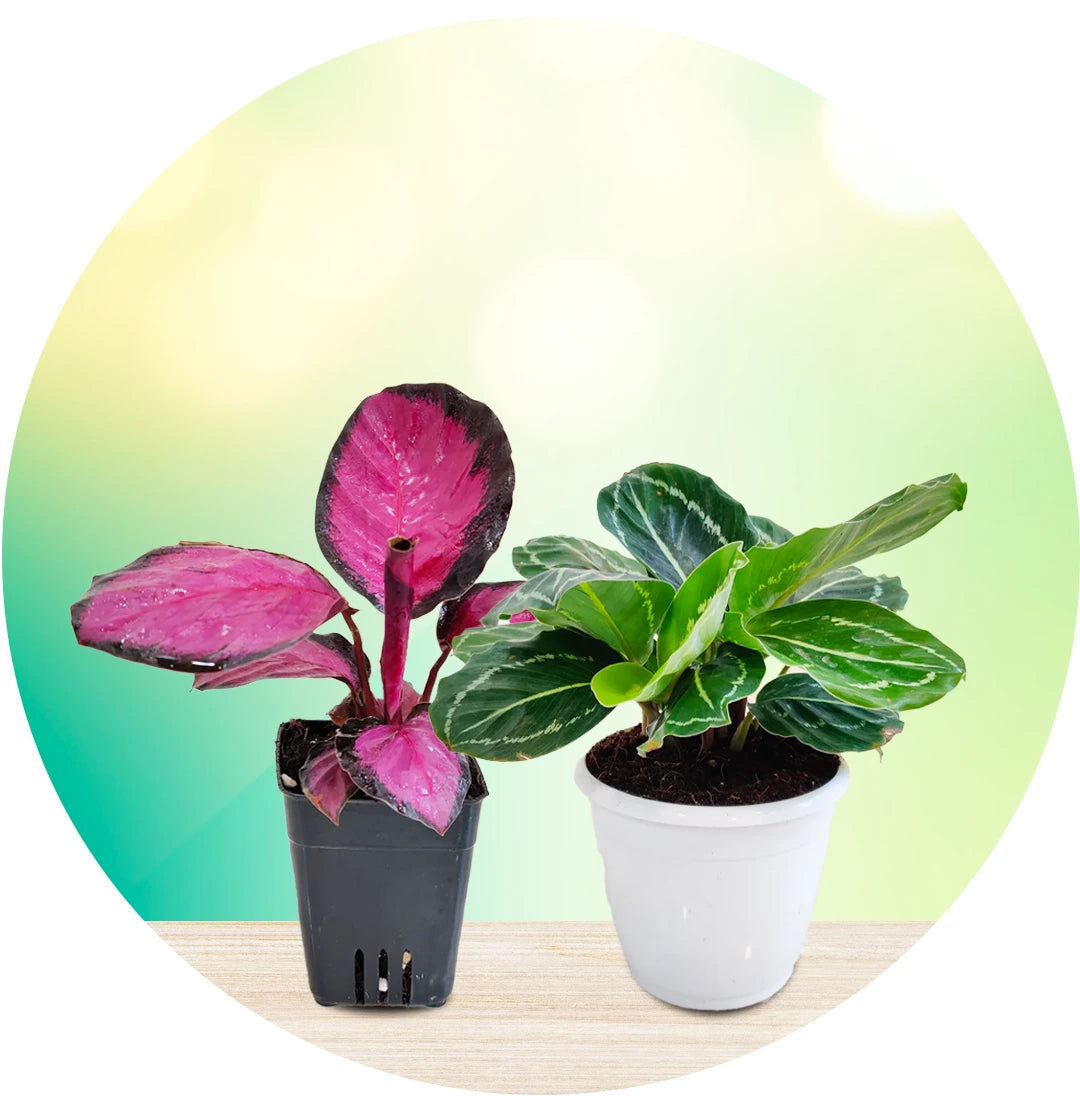
Leave a comment